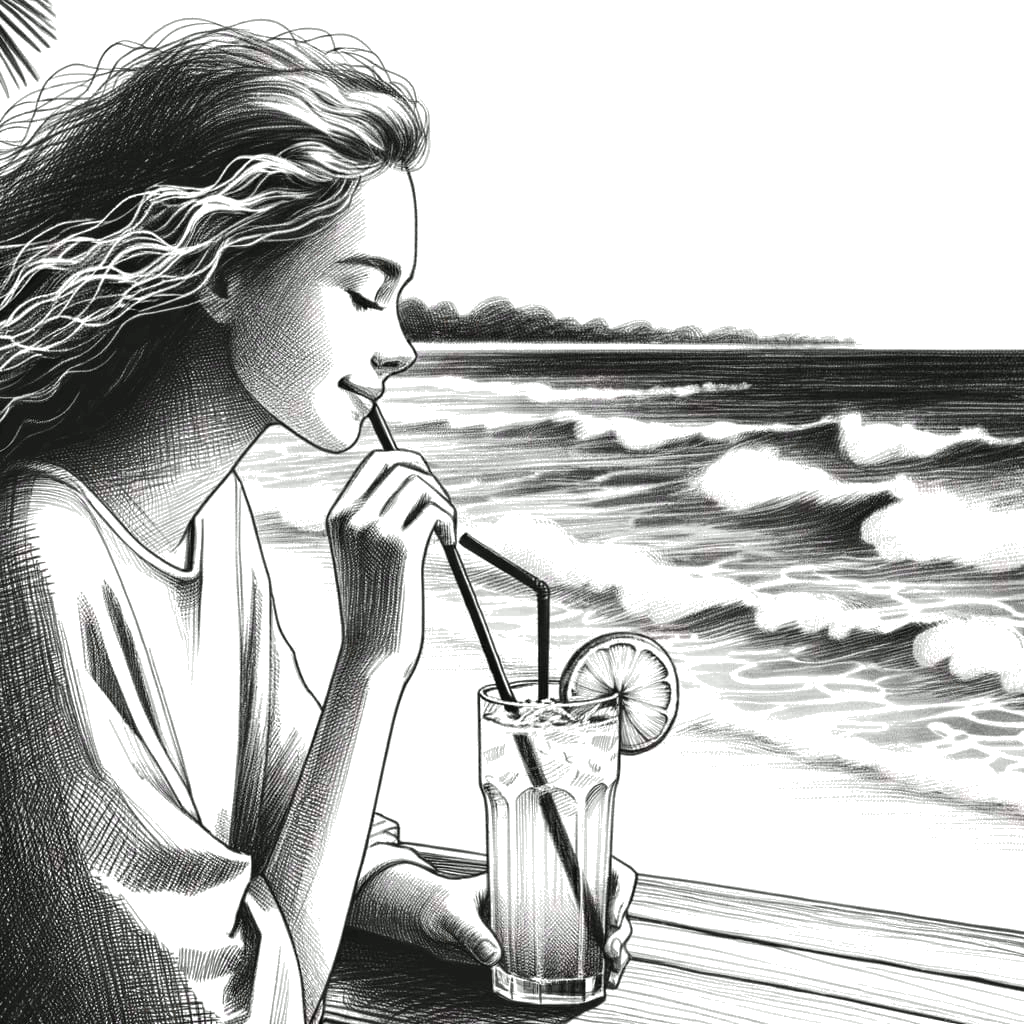
Tourism, by and large, has always been a balancing act between recreation and education. Governments often pour significant funds into promoting architectural wonders and natural landmarks. They believe that showcasing these historic gems will lure travelers from every nook and cranny. However, many question the efficacy of such efforts, arguing that for every tourist who values these sites, there are a thousand more who simply want to kick back, relax, and have a good time.
Ask any run-of-the-mill tourist what constitutes a ‘good time’, and the response may surprise you. It’s not about marvelling at ancient ruins or being awestruck by a majestic mountain range. It’s more about where they can get an inexpensive drink, sprawl on the beach, and perhaps even meet someone new and kindle a short romance. A holiday is often measured by its spontaneity and the connections made. When a tourist finds companionship, be it fleeting or more profound, it often casts a rosy hue over the entire vacation. Such experiences are sought after far more than an educational foray into a city’s historical crumbling ruins.
This perspective isn’t new or radical. Countries like Spain and Greece amongst others have long understood this underlying drive. By fostering environments where tourists can relax, enjoy the sun, sea, and perhaps a romance or two, they’ve seen tourism booms that have significantly boosted their economies. Their beaches are thronged not because of nearby ruins or historic sites, but because of the promise of a good time.
And then there are countries trying to tap into this lucrative industry by highlighting their historical significance. These sites, no matter how profound or crucial to human history, cater mainly to the scholarly, the learned, and the deeply curious. For the vast majority, these places are a mere backdrop to their main objective: leisure and pleasure.
But what happens when the backdrop is one of societal unrest, intolerance, and danger? No amount of historical importance can counteract the reputation of an unsafe city. When a tourist destination becomes synonymous with danger, its appeal diminishes rapidly. In these cases, neither architectural brilliance nor natural wonders can save the day.
In conclusion, while architectural sites and natural wonders have their place in the grand tapestry of tourism, it’s essential to understand the driving forces behind the majority of tourists. For most, it’s relaxation, recreation, and connection. Governments might do well to remember that a simple beach with a lively atmosphere can often outshine the most intricate and ancient of landmarks. For a destination to truly thrive in the world of tourism, it must cater to the desires of its visitors, however diverse they might be. And if in a desert of danger, they can provide an Oasis of calm with Barbies, Booze and Beaches, they have found a solution, which is immediate and rewarding.
